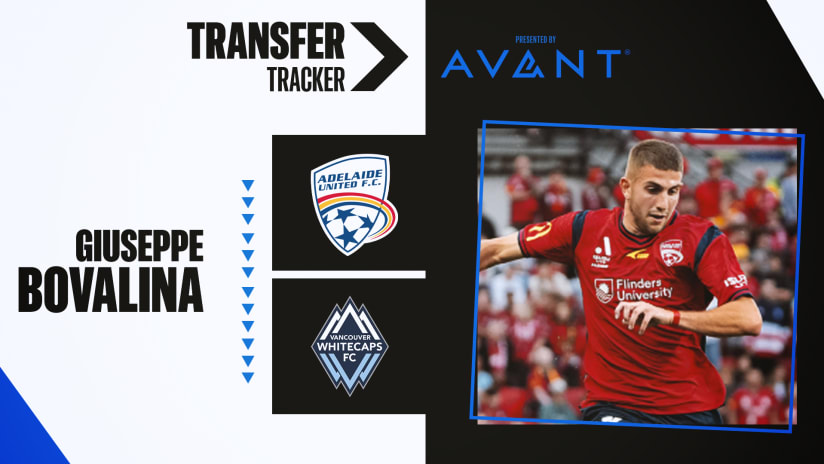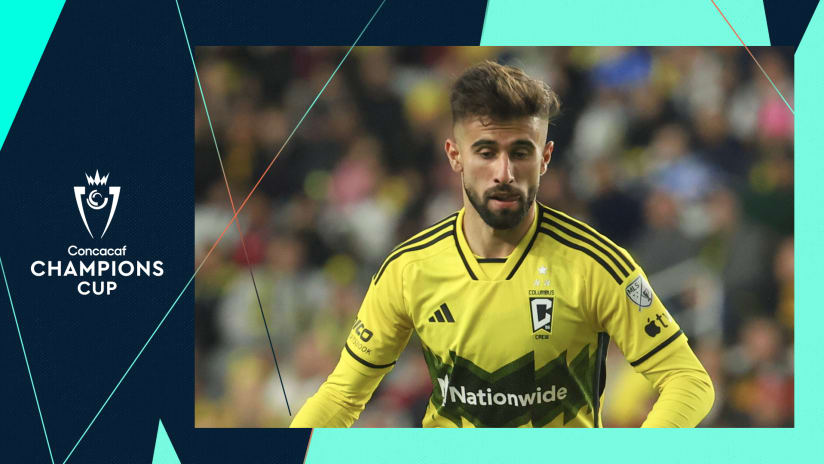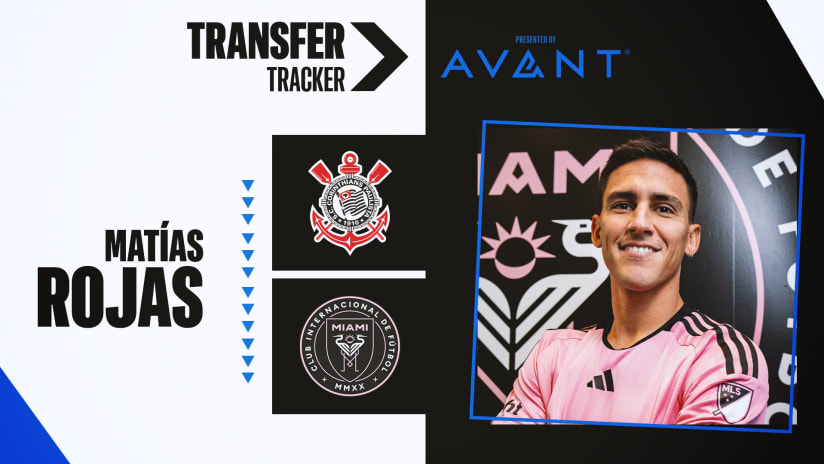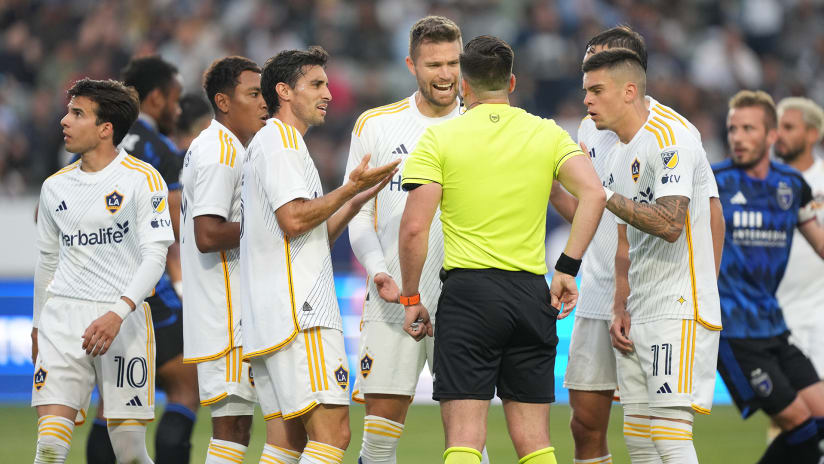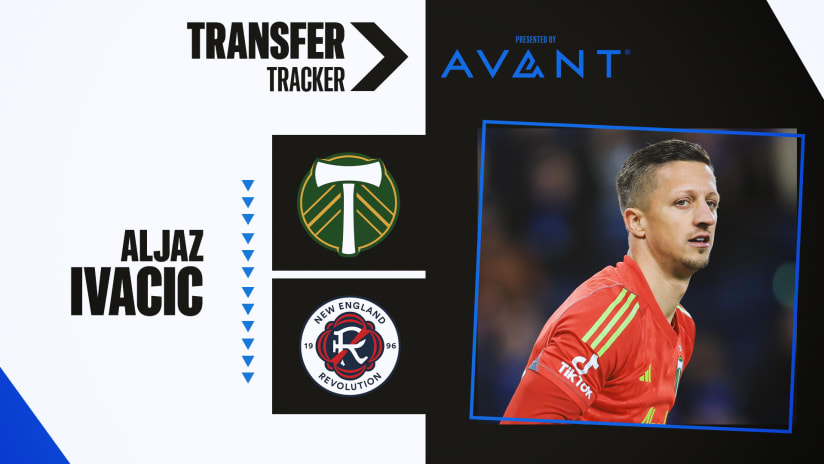a couple of defenders, two forwards and a midfielder maybe. I always prefer to go heavy up front. Even with the U.S. under-20 national team I held onto nine forwards or attacking midfielders in my final squad of 22. You can never have enough good attacking players.
Going into preseason every coach has certain players that he feels very confident will be part of his final selection. These players are veterans who have come through for them in the past and have been the players they rely on. Of course you watch them in the training period to make sure they are not slacking off, but the good ones always work hard.
Next are the new players -- either drafted rookies, allocated players or discoveries. The top rookies, the players you pick early in the draft, are the guys you expect to make an impact. Early in preseason you will give them every chance to prove that they are worthy of their selection. Hopefully, they substantiate your selection. If after 4-5 weeks they do not, it is better to admit your mistake and move on.
Allocated players are very important. You have spent good money and often a significant amount of your salary cap goes into these players. A coach will give them every chance to prove themselves. This period will usually last into the opening games of the season. If the player then does not play well he is relegated to the bench, but will still get chances later, because the club has made a large investment. Eventually, if the player does not perform you move on, but if this happens often the coach is not around very long. A good example from last year of a player like this was Sergio Galvan Rey of the MetroStars.
Discoveries fall into a mixed bag. Some are inexpensive players and others cost more initially. Carlos Ruiz is an example of the latter and Simon Elliott of the former. However, these are players that the coach brings on board because he feels he needs what they can add to the team. These players get a good chance to prove themselves early and often become quite valuable. Marcelo Saragosa was an important discovery that worked for the Galaxy last year.
Finally, you look at the rest of the players. Some are rookies, some are on tryouts from the USL or elsewhere. The rest are college players who went undrafted that you are looking at. Every coach looks for something different, but everyone wants to find good players. I always looked for players who worked hard, showed respect for the veterans but also stood up for themselves when it mattered. I wanted players who showed tactical awareness and had skills to impact the game. Do they have something that is special or sets them apart from the rest? Finally, do they compete? Do they have a winning mentality?
These players would get solid chances, 45-90 minutes to show what they can do in games. That is why I always liked to play 4-6 games in the first 21-24 days of training. If they played well, then they got more chances as preseason progressed.
The reality of a league with a salary cap is that finances do play a role in player selection. You always want the best players but within your roster of 18 the numbers need to add up. As a result, there are occasions when two players are battling for the same position but one player has a salary number that is $20-30,000 less than the other. If the competition is reasonably close you sometimes hold onto the lower salary. If the difference is great you try to figure out a way to make it work by adjusting or getting players to alter their contract or its structure to lower their cap number.
Every coach in this league has had to cut players to keep a lower-priced player even though at times the higher-priced guy was better. That's a hard fact, but a reality.
Teams also need to fill the non-roster spots. When you have a generation adidas player or a past Nike P-40, the job is easier. They do not count in the top 18 and due to their contract can afford to play. The other non-roster guys, who make between $850 and $1250 a month, for them eking out a living is harder. It is easier in some cities than others. When deciding who makes the 18 or is a non-roster player, the coach often has to look at age, is he local, can he afford to do this and other factors in making those final roster decisions.
The locker room for me was always a factor in player selection. The team does not have to be 11 friends as the Germans like to say. But, it is important if you have a good locker room. You want players that work hard, push each other, and get along if possible. When coming to work is fun the players are more productive and the results are better.
So, there you have it. There is more to the final selection process than just playing. Salary cap, investment in the player, positional needs, age limitations on foreign players, as well as some other factors enter into the final selection.
But in the end, every coach wants to pick the best team he can because winning is the most important criteria.
Sigi Schmid is one of the winningest coaches in MLS history, having led the Los Angeles Galaxy to four honors in his five-plus years at the helm, including the 2002 MLS Cup championship. Send comments to Sigi at sigischmid@hotmail.com. Views and opinions expressed in this column views and opinions are the author's, and not necessarily those of Major League Soccer or its clubs.


